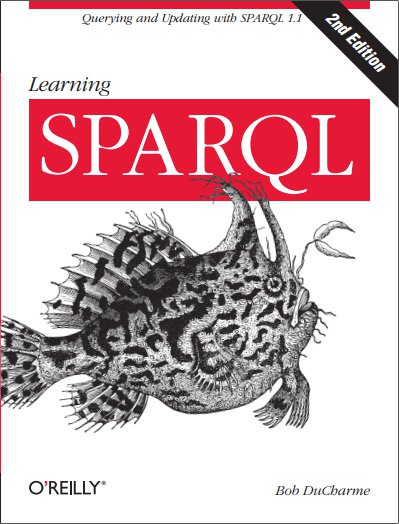In part one of this series I described how the Tapscott and Williams Wikinomics book mentioned a few things that gave me ideas for semantic web projects. One was the concept of open source Customer Relationship Management packages, which I hadn’t heard of before. The book didn’t mention any specific ones, but a Google search on “Open Source” CRM gets plenty of hits.
James Clark has a weblog. I worry that, because his most recent large multi-year project was an organized effort to get the Thai government to make an official commitment to open source software, too many people who came to XML-related technology in the last few years won’t know who he is. Coming up with the acronym “XML” is only a footnote to his many achievements in the design and implementation of XML technology, and before that, SGML technology. I have to restrain myself…
When I spoke at a conference recently, the speaker’s gift was a copy of the book that keynote speaker Don Tapscott write with Anthony D. Williams: Wikinomics. The book is very biz-buzzwordy (from page 150: “consumer product companies can find ways to monetize customer-led ecosystems”—have these guys bookmarked the Web Economy Bullshit Generator?), and they feel compelled to coin their own buzzwords, from the book’s title to terms like N-gen, B-web, ideagora, and prosumer.…
The W3C’s Ivan Herman recently gave a talk on the State of the Semantic Web in Bangalore, and he’s made the slides available online. Anyone remotely interested in the semantic web or RDF should look through the presentation; it may seem esoteric in places, with its talk of Horn rules and F-logic, but in general it’s a clear, up-to-date summary of the important current issues.
Kansas State University anthropologist Michael Wesch has created an interesting four and a half minute video titled “Web 2.0… The Machine is Us/ing Us” that is available on YouTube. I I love how his video communicates to the viewer using text, not as captions or titles or as animation, but as text manipulated by a (usually) unseen hand. If you’re a fan of text-based art like the work of Jenny Holzer, you’ll enjoy it.
I think that Tim O’Reilly is overly pessimistic about semantic web technology, but in a recent O’Reilly Radar posting that was part of the freebase vs. semantic web technology debate bouncing around about two week ago, he brought up an important issue that’s often overlooked: what motivates a user to go to the extra trouble to indicate the semantics of a piece of data to a program that may read that data? For example, when you add “On April 2nd, breakfast will be served…
![[cover of Schematron book]](http://www.oreilly.com/catalog/covers/9780596527716_cat.gif)
![['On Bullshit' cover]](http://ec2.images-amazon.com/images/P/0691122946.01._AA240_SCLZZZZZZZ_V45418175_.jpg)

